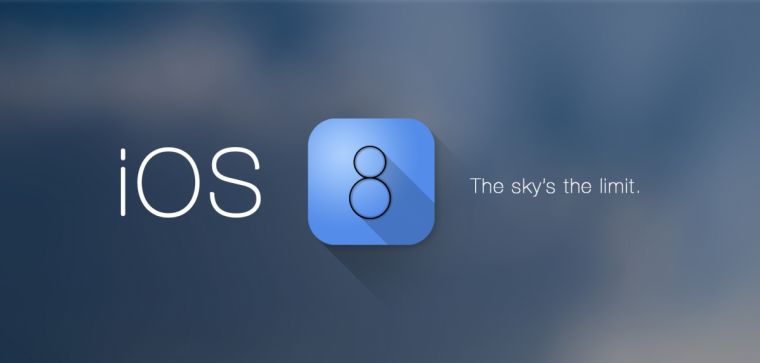Install iOS 8: Update iPhone 4S, 5, 5S iPads without deleting photos and without enough storage

Apple device owners who wish upgrade to the latest OS need to be aware that the process requires from three to nearly 6GB of storage space. This is because during the installation of iOS 8, the device will require the presence of iOS 7, plus space is needed for unpacking software before they are later compressed.
While this may frustrate many, OS X Daily suggests a work-around to the process so users don't have to worry about the need for additional disk space – they can do the iOS 8 installation via their desktop. According to the instructions, users first need backup their iPhones or iPads, then update their iTunes on their desktop. They then need to relaunch iTunes, plug in the mobile device via USB, select the device, then click "Update." They should be able to see a message that says a "new IPhone software version (8.0) is now available." They can then choose "Download and Install." Since the update is passing through the desktop, there is no need for users to free up additional disk space other than what's actually necessary.
If, on the other hand, a user wants to download and install iOS 8 without using a desktop, then they need to make sure that there's enough space to avoid any problem.
To check if the device has enough space, they can go to Settings -> General -> Usage. This will give a clear picture of which types of files are consuming space in the handheld. They will also see how much disk space is free to use. If the numbers show that more space is needed for installing iOS 8, then users can look into several options to gain more virtual room.
- There are some apps that a user doesn't really use, so they may decide to delete those. They may also consider uninstalling other apps that are not on their priority list, and simply reinstall them later on.
- They may also consider deleting unwanted files, such as duplicate photos. However, the suggestion of deleting photos may leave a bad taste in some users' mouths, since many individuals like to capture precious moments with their handhelds and keep them there. As such, they can do a couple of things:
- One, they can check if they already have backup copies of their photos in iCloud. If Photo Stream is enabled on the device, then it's highly likely that there is. Photo Stream automatically makes backup copies whenever the unit is plugged and it's connected to the Internet. If, however, there is no backup copy, then a user can manually make copies into the cloud, after which they can delete the ones on their iPhones or iPads.
- Two, they can transfer their photos onto their desktops. They can use the tried-and-tested method of data transfer using a cable – simply plug the device into the USB port, and select the files and folders they want to copy. It is advisable to copy rather than move, so in case there's a sudden issue, the file will still remain intact. Once good copies are made onto the desktop, then a user may delete the ones on the mobile device. They can always reverse the process later on, and transfer back the files that they want.
- Users may also opt to delete music and videos that they purchased from iTunes, since they can always download these after completing the iOS 8 update. Or they may want to consider streaming which doesn't use up local disk space.
At any rate, most of the space used during installation of iOS 8 gets freed up again after the process. On the bright side, this lets users clear up the virtual clutter in their devices, and they can start fresh with lots of space to refill.











